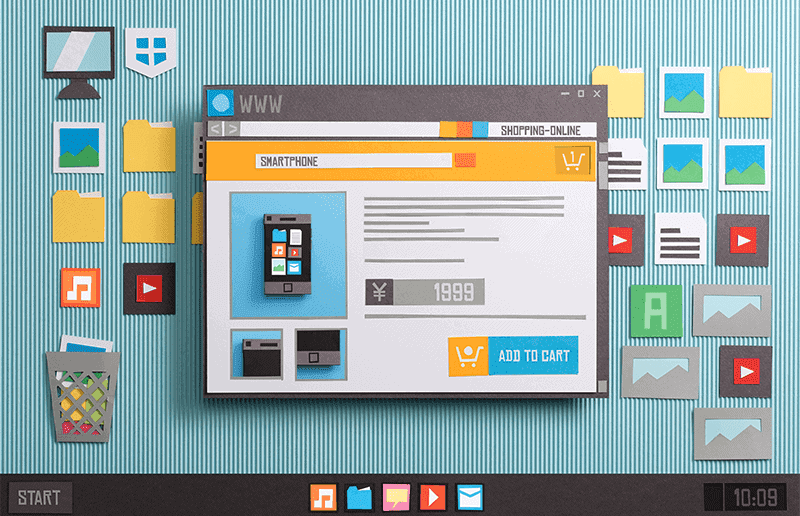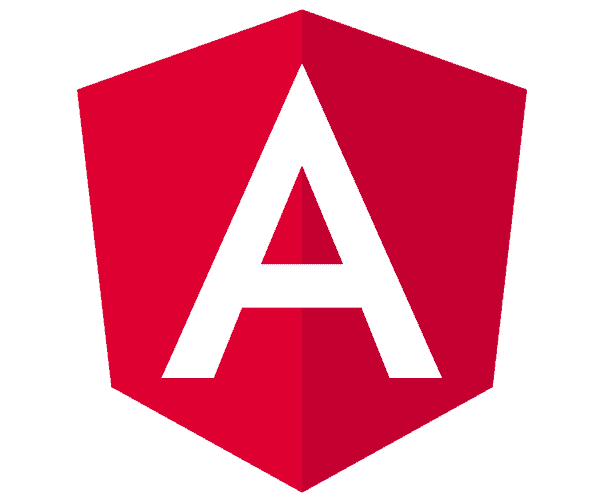Flutter is an open-source framework developed by Google for cross-platform app development, enabling a single codebase to run on iOS, Android, web, and desktop. It stands out for its high performance, extensive widget library, and strong community support. In this article, you’ll learn what Flutter is, how it originated, what advantages it offers, and how to get started with Flutter development step by step.
What is Scrum? – Scrum is an agile framework for project management and software development that helps teams deliver complex projects with flexibility, transparency, and efficiency. It is built on clearly defined roles, recurring events, and a focus on continuous improvement. In this article, you’ll learn what Scrum is, how it works, the roles and meetings involved, where Scrum is applied, and the key advantages and disadvantages of the framework.
In this article, we provide an overview of the most important studies on the current situation, explain which obstacles still need to be overcome, and show how the pandemic has contributed to the rise of digitalization.
Web development involves the planning, design, and programming of websites and web applications that are both functional and user-friendly. It combines creative design with technical implementation and uses various languages, frameworks, and tools. In this article, you’ll learn what web development is, how it works, which technical fundamentals are important, what a web developer does, and what costs can be expected when creating a website.
A web app is an application that runs in a web browser and works independently of the device being used. It combines the flexibility of the internet with the features of traditional software and can operate across multiple platforms without installation. In this article, you’ll learn what a web app is, how it differs from progressive web apps, native apps, and websites, and see examples of well-known web apps.
What is Angular? – Angular is an open-source framework developed by Google for building modern, dynamic, and high-performance web applications. It offers a clear structure, reusable components, and a comprehensive set of tools for efficient front-end development. In this article, you’ll learn what Angular is, how it differs from AngularJS, its pros and cons, and get a concise overview of the framework.
Web design involves the visual and functional creation of websites to deliver an appealing, user-friendly, and brand-consistent online experience. It combines creative design, technical expertise, and current design trends to produce modern web presences. In this article, you’ll learn what web design is, the different areas it covers, what a web design agency does, which tools and resources designers use, and the trends currently shaping the web.
TypeScript is an open-source programming language developed by Microsoft that adds static typing and modern features to JavaScript. It simplifies the development of scalable, maintainable applications and is especially common in large projects. In this article, you’ll learn what TypeScript is, when to use it, how it originated, its pros and cons, and how it can be combined with React.
Medical informatics combines information technology with medicine to efficiently collect, process, and utilize health data for diagnosis, treatment, and research. It plays a key role in the digital transformation of healthcare. In this article, you’ll learn what medical informatics is, what tasks medical informaticians perform, what the salary prospects are, where they work, and the study and training opportunities available in this field.
Mobile app development involves the planning, design, and programming of applications for smartphones and tablets. It includes selecting the right technologies, optimizing for iOS and Android, and developing strategies for marketing and monetization. In this article, you’ll learn what mobile app development is, what costs may be involved, how and where to learn app development, and which technologies are commonly used in practice.
- 1
- 2










